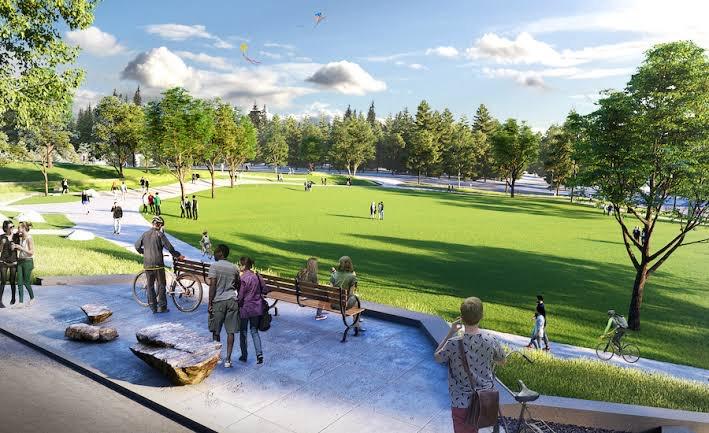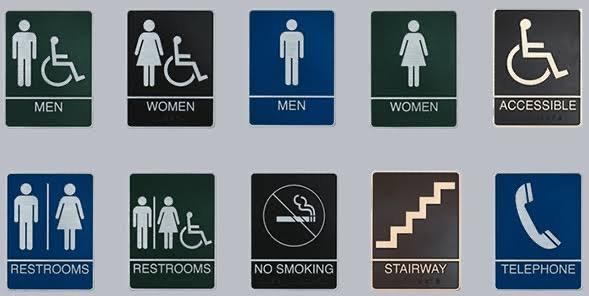
Individuals with disabilities shouldn’t be left out of activities held in outdoor spaces such as party events, political assemblies, sport events and concerts. These outdoor activities should accommodate people with disabilities in terms of services and facilities.
The ADA requirements cover both indoor and outdoor events to ensure that people with disabilities can join in on the fun and other experiences without hindrances. Outdoor spaces are also required to make public spaces safe and compliant with ADA requirements
From tables to portable restrooms, all ADA guidelines must be adhered to, to give people with disabilities an equal chance at life like every other person. This article will explain more about ADA knee clearance in public spaces. Continue reading to learn more:
For festivals and other outdoor events, booths must have access routes to activity areas. Counter tables must have a minimum knee clearance of 27” and tabletop width of 36”. Other tables such as registration and information tables must stand at a height of 36” from the ground. Also, provisions must be made for rain tents and these tents should be made accessible to people with disabilities and people on wheelchairs.
For ADA elevator requirements, it must include at least 51” car depth and at least 68” width. Door width must be at least 36” and call buttons shouldn’t be more than 0.75 inches in diameter. They must be cantered 42 inches from the ground and elevator doors must stay opened for about 3 seconds before closing.

For every 25 parking slots, there must be a space provided for an ADA slot. ADA parking spaces have a width of 96” with a 96” adjacent access lane. They should also be located not too far from the public space where the activities are happening.
The route to the public space should be easily accessed by persons with disabilities. At the venue, there should be no restrictions to their movements. They should be able to move around easily and safely. The passageways in the venue must have a width of 36”, with ramps provided for vertical elevations higher than ¼”. The sidewalks must have a width of 48” with barricades positioned to clear routes and curb ramps.
ADA signage and ADA Braille signage must comply with the ADA rule and guidelines. They must be positioned in areas like parking spaces, drop-off points, restroom areas and entrances. They must have the symbol of accessibility that’s recognized internationally, the signs must be written in large, bold, and raised typefaces between ⅝ inch and 2 inches height. Also, an accessible route sign must be positioned in inaccessible routes like stairs to point to the alternative. ADA sign height requirements must stand at a height of 48” to 60” above the ground.

ADA knee clearance is applicable to both indoor and outdoor environments. People with disabilities should be given equal opportunities ada clearance rules and regulations must be adhered to strictly.
At All Things Inspector, we ensure our clients comply with the ada requirements and guidelines in the businesses and public events.
Contact us today to learn more about our services!

The Americans with Disabilities Act (ADA) has a set of rules and regulations that ensures that individuals with disabilities can access public spaces. One major

If you own a business, then you know the importance of complying with the Americans with Disabilities Act (ADA). ADA compliance is necessary in public
